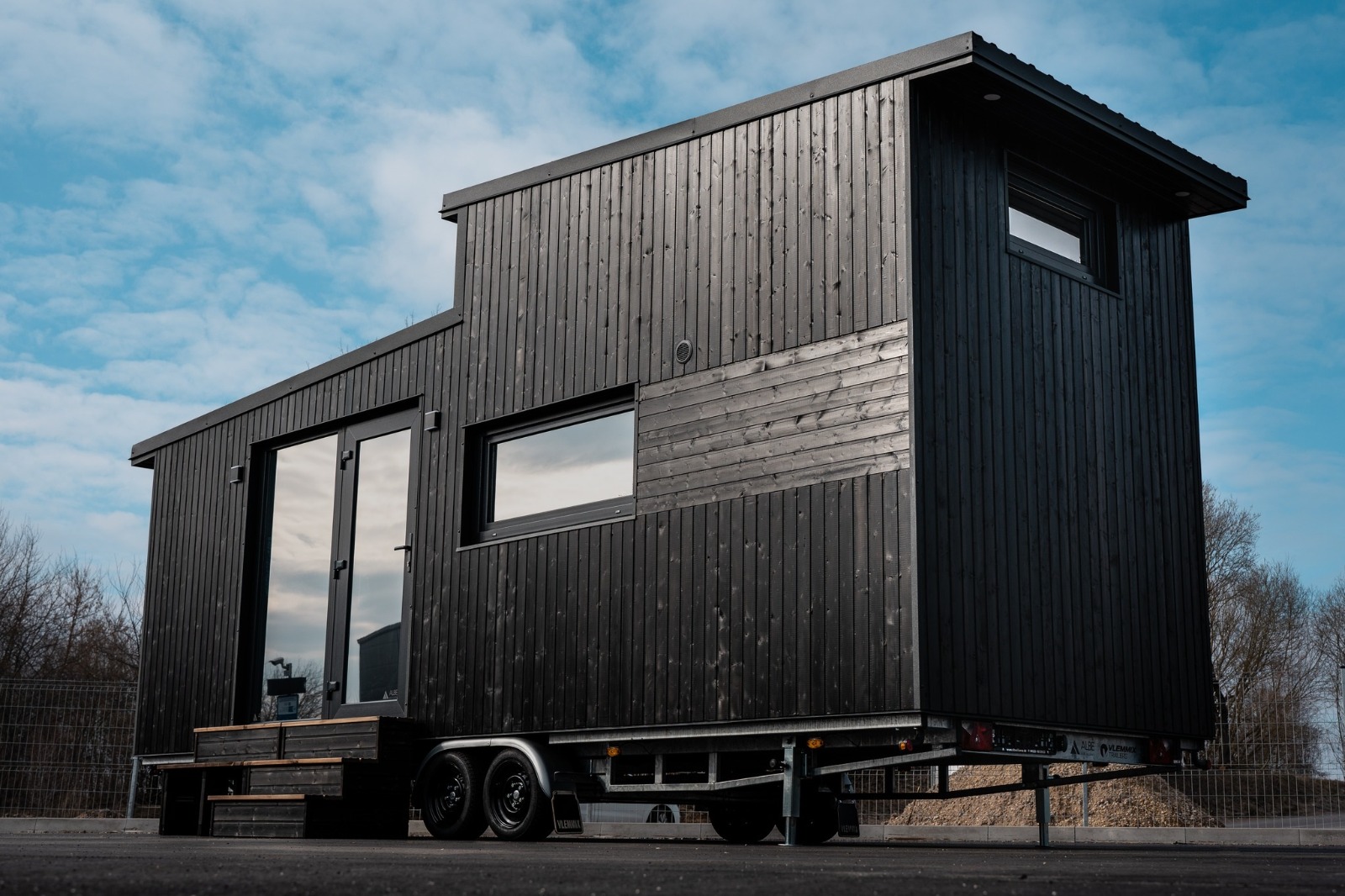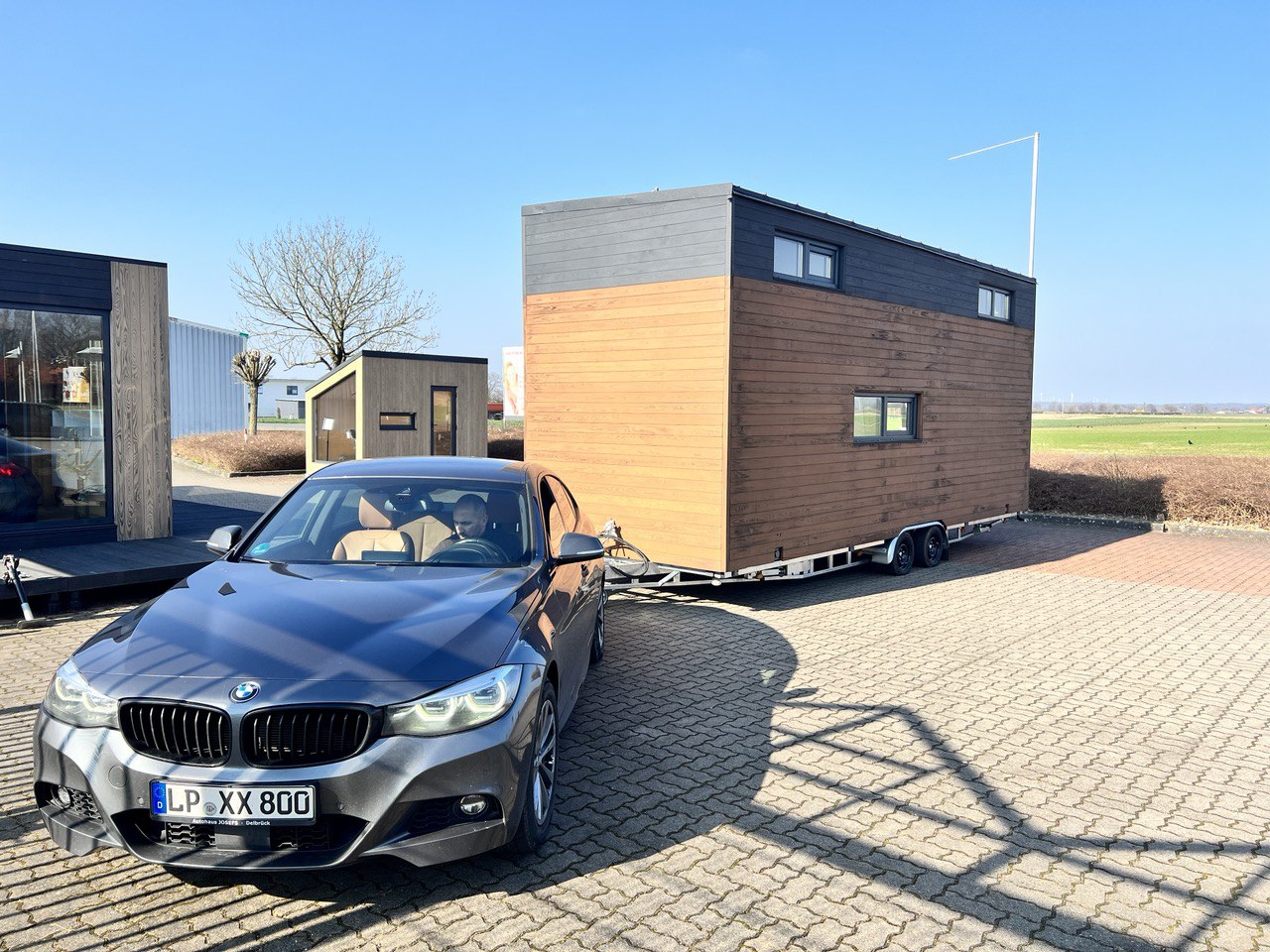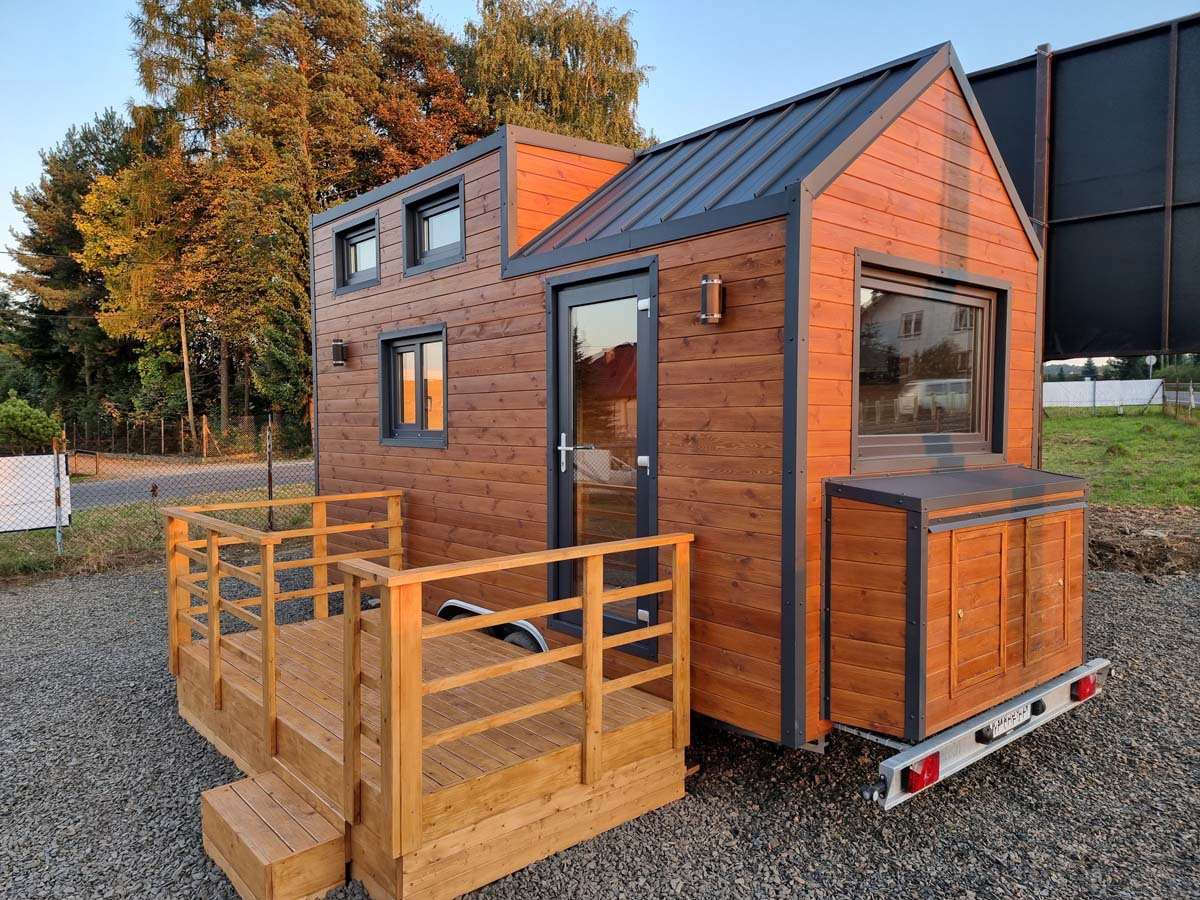23/10/2023
Tips for Tiny House Ventilation and Air Quality
Tiny Houses are becoming increasingly popular due to their affordability, simplicity, and sustainability. However, one of the challenges of living in a Tiny House is ensuring adequate ventilation and good air quality.
Why Is Ventilation Important in Tiny Houses?
Tiny Houses are typically well insulated and airtight to save energy, but this can also trap pollutants and moisture. Without sufficient ventilation, indoor air quality can suffer, leading to various health issues, including respiratory infections, allergies, and asthma.
for 2 persons.
for 2-3 persons.
for 2-3 persons.
How to Improve Ventilation in a Tiny House?
There are various ways to improve ventilation in a tiny house, including:
- Opening windows and doors: This is the simplest and most effective way to let fresh air in and exhaust stale air.
- Installing ventilation openings in the roof and walls: Roof vents allow the removal of hot air and moisture to the outside, while wall openings let fresh air in.
- Using fans for air circulation: Fans can be used to move air between different rooms in the tiny house or exhaust air to the outside.
- Installing a Heat Recovery System (HRV): HRVs transfer heat from the outgoing air to the incoming air to maintain a comfortable indoor temperature in the tiny house while providing fresh air.
How to Improve Air Quality in a Tiny House?
In addition to ventilation, there are other measures to improve the air quality in your Tiny House:

- Using an Air Purifier: Air purifiers can filter pollutants like dust, pollen, and pet dander from the air.
- Avoiding Candles and Open Flames: These sources can produce harmful pollutants such as carbon monoxide and fine particles.
- Regular Cleaning of the Tiny House: Vacuum and dust regularly, and clean your appliances and surfaces carefully.
- Controlling Moisture Levels: Moisture can lead to mold and mildew growth, triggering allergies and respiratory issues. Keep your Tiny House dry by using a dehumidifier as needed.



